Solution Manual For Advanced Accounting 9th edition by Hoyle
CHAPTER 1
THE EQUITY METHOD OF ACCOUNTING FOR INVESTMENTS
Chapter Outline
- Three methods are principally used to account for an investment in equity securities.
- Fair-value method: applied by an investor when only a small percentage of a company’s voting stock is held.
- Income is recognized when dividends are declared.
- Portfolios are reported at market value. If market values are unavailable, investment is reported at cost.
- Consolidation: when one firm controls another (e.g., when a parent has a majority interest in the voting stock of a subsidiary or control through variable interests (FIN 46R), their financial statements are consolidated and reported for the combined entity.
- Equity method: applied when the investor has the ability to exercise significant influence over operating and financial policies of the investee.
- Ability to significantly influence investee is indicated by several factors including representation on the board of directors, participation in policy-making, etc.
- According to a guideline established by the Accounting Principles Board, the equity method is presumed to be applicable if 20 to 50 percent of the outstanding voting stock of the investee is held by the investor. SFAS 159, The Fair Value Option for Financial Assets and Financial Liabilities (effective 2008) allows firms to elect to use fair value
- Accounting for an investment: the equity method
- The investment account is adjusted by the investor to reflect all changes in the equity of the investee company.
- Income is accrued by the investor as soon as it is earned by the investee.
- Dividends declared by the investee create a reduction in the carrying amount of the Investment account.
- Special accounting procedures used in the application of the equity method
- Reporting a change to the equity method when the ability to significantly influence an investee is achieved through a series of acquisitions.

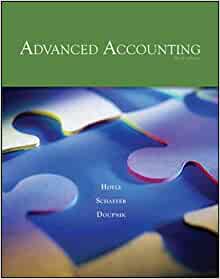
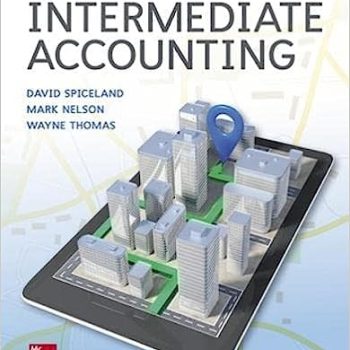

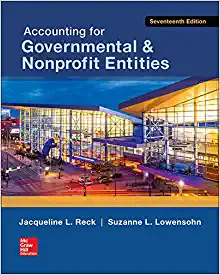
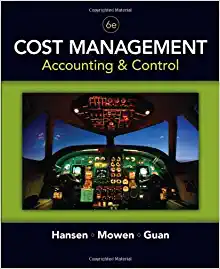
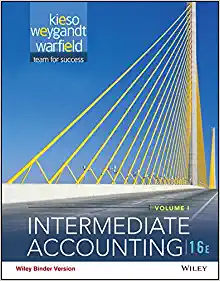
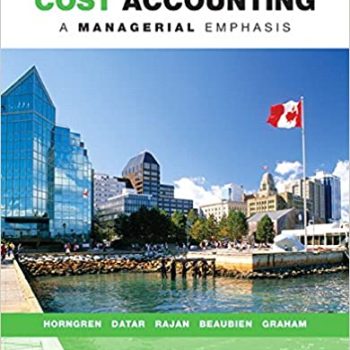

Reviews
There are no reviews yet.